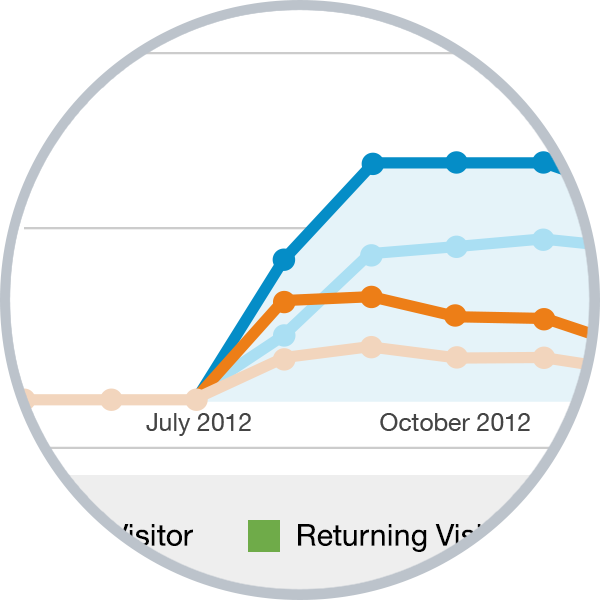 BIG DATA & CUSTOMER INTELLIGENCE SERIES
BIG DATA & CUSTOMER INTELLIGENCE SERIES
It’s tough to make predictions, especially about the future — baseball great Yogi Berra
As a data scientist, I love the above quote by this icon of America’s favorite pastime. But obviously he never heard of Big Data analytics!
In this first installment of the Big Data & Customer Intelligence series, we’ll focus on methods of using technology to predict and influence customer behavior. This is an important element of an area of research and practice I like to call Computational Marketing.
But first, let’s go over a few terms to make sure we’re all on the same page with jargon:
- Big Data – is an old discipline in a shiny new wrapper, but it is still based on tried and proven technologies such as computer science, statistics, mathematics, and probability theory.
- Data Science – is a new moniker but the underlying technology is just a continuation of what’s been around for many years, namely mathematical statistics.
- Machine Learning – is the new “data mining” but it is still comprised of linear and non-linear models, and familiar algorithms such as linear regression, logistic regress, classification, neural networks, clustering, etc.
- Big Data Analytics – is the new “BI” and OLAP is out of favor and “big data analytics” is in.
So what’s changed? It is the “big” in Big Data. More data are available than ever before, more low-cost storage hardware, more processing power in the form of Hadoop and MapReduce. Add unstructured social media data to the mix of data assets and so-called big data is a real game changer.
Today we have an unparalleled ability to predict and influence customer behavior. According to Gartner Research, one of the reasons is because structured and unstructured data held by enterprises continues to grow at explosive rates. The 3 V’s of big data: Volume (amount of data) and Velocity (rate at which data are collected), or what the business world is beginning to understand as the “big data problem” is actually of less concern than the Variety of data due to shear number of disconnected data sources.
Now let’s throw a few more V’s onto the table. Veracity speaks to whether the data collected are meaningful to the problem being analyzed. You need to consider biases, noise, and abnormality in the data. Validity asks the question of whether the data are correct and accurate for the intended use. Volatility focuses on how long the data are valid and how long they should be stored, or at what point are the data are no longer relevant to the current analysis (in this case there is a temporal aspect to the data).
Big data can deliver solutions for the need to segment your customers. The new customer segmentation has three groups:
- Customers not interested in or open to persuasion.
- “Self reflectors” or customers who don’t require convincing because they need the product.
- “Swing customers” or customers interested in the product and will buy once properly motivated.
Based on these segmentation groups, the move from predicting customer behavior to predicting the influence companies now have over customer decisions represents a paradigm shift in marketing.
As an example consider an existing SaaS subscriber (possibly a trial subscriber). The first segment are those who tried the trail subscription and decided they don’t like the product or feel it is not worth the price. Segment two are customers who love the service and plan to continue. The customers in segment three are unsure whether to renew but urging from you could persuade renewal. And finally segment four are customers who when reminded that their subscription is up may trigger a re-evaluation of cost and/or quality (but with technology you can influence a positive mindset about your product).
Segments three and four above are the customer segments you want to spend money on since they’re the ones you can influence. They are the signal, segments one and two are the noise in your marketing equation.
The key is to use big data to segment your customers in a way you might influence them and focusing on segments open to influence allows you to make better spending decisions.
[The next in the series will discuss how you can influence customer behavior]




Speak Your Mind